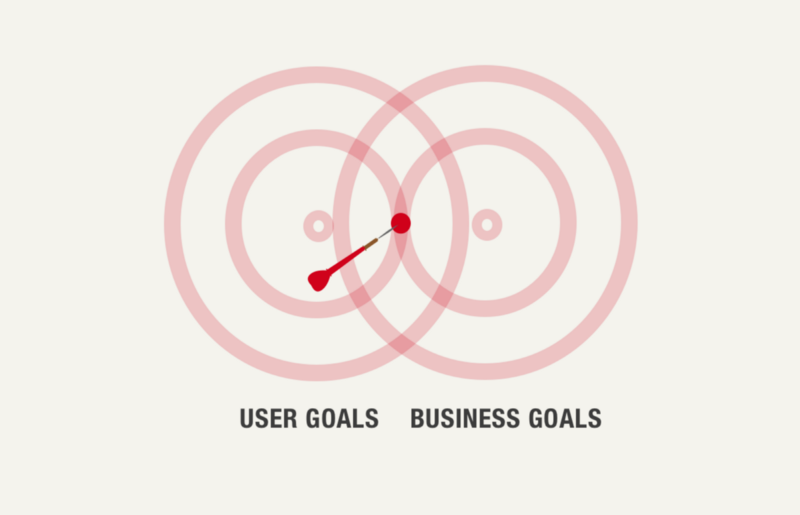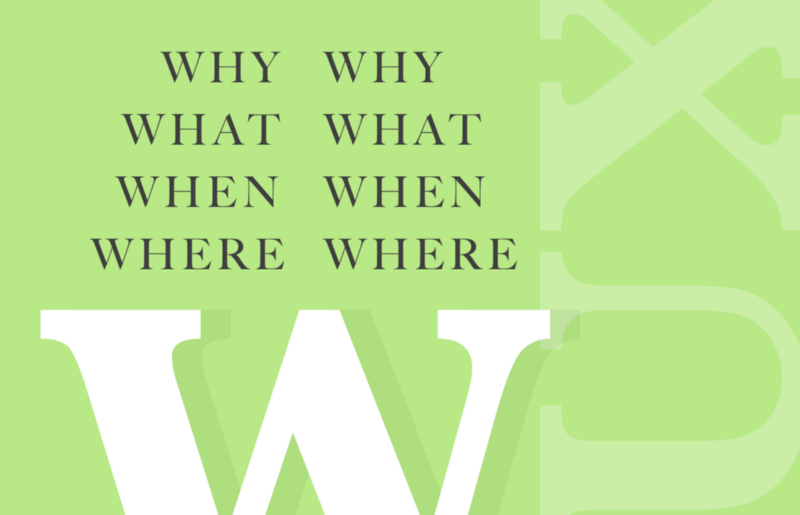Finding small details in the big picture: analysis & research in UX design projects
In the first part of this article, we will address the need of a requirement gathering, analysis, and discovery phase in UX projects. This article will more focus on different steps in the discovery and how they impact on the UX activities.
A couple of weeks before I went to a mobile shop with my friend for buying a new smart phone for him. Well, yes, we didn’t choose to do it online. My friend wanted to actually feel & experience the phone before he actually takes the decision.
To summarise this story, we tried two shops one after another. And the biggest difference between two different shops was the shopping experience. The 1st shop was having more varieties & staff to attend us, whereas 2nd shop was having very few people but with the right approach. One of them (from the 2nd shop) started with asking right questions to us. Which actually helped us to know our own requirement & expectations clearly. He also helped us to weigh appropriately in between (smart phone) features, configuration & prices. Finally, the quick talk with smart sales person led us to get the product which was much closer to our needs, expectations & demand.
No doubt, sales person in the 2nd shop was smart, however, a quick process he followed was important. He did a quick a Discovery before he actually starts offering or selling.
Life is too short to build that nobody wants!
We can easily map the above very common & simple experience to the world of User Experience (UX) Design. Lack of discovery there are greater chances of reaching the conclusion or point where project team realizes that they have built something that is either “Not Enough” or “Too Much” for the users.
“Achieving a perfect balance between what user needs what business intending to provide with their goals aligned, is an Art!”
This article will quickly address the need of Requirement Gathering & Analysis, which is typically part of our discovery phase. The next series of this article will be focusing on different steps involved in the discovery.
What is requirement analysis, research & why it’s needed?
Discovery phase includes requirement gathering, analysis & research.
As the term itself explains, RA (Requirement Analysis) includes various type of information collection, research, analysis and streamlining it by different methods.
Analysis means breaking down complex structure of information into smaller pieces those are easy to understand.
It becomes an essential part of UX project for the following reasons,
Goals
Identifying definite goal in UX project is really crucial and project without a definite goal can go into an infinite loop of iterations & revisions. Analysis & Research can be used to identify & define the definite goal of the project. Goals can be of two types i.e. User Goals and Business Goals. Defining some measurable metrics to both the goals can add great clarity to them.

Scope of work
Though user experience can be continuously evolving, one must draw the boundaries to the efforts, team involvement and finally timeline & commercials. Research helps to bring some important facts into the light so we can prioritize the goals to execute them as per the management agreement. It gives a clear idea about the efforts & timeline upfront before we begin the activity.
Strategy
This information not only helps us to identify & scope but also gives solid and logical reason to adopt a particular approach or strategy for the design process.

Knowing the basics

Information & Research data answers very basic and important questions to the UX team, like Why are we doing it? Whom are we doing for? What supposes to be done and at what point in time?
The success of any UX project depends on solid understanding & identification of the right “Wh” questions. We may find multiple questions under each category, picking up the most appropriate & important question is important here.
Documentation
All the documents & files produced in RA process helps entire team across the lifecycle of the project to stay aligned & focused with an ultimate goal of the project.

It really saves the time, cost and effort since team knows what are the findings from the user, business, and competitive research. Having a goal, work scope & strategy in place helps the team to work on the precise set of deliverables that is going to really matter in the project success.
As a part of Discovery Phase, a typical UX UI Project involves the number of steps. We will look into them in the next part (II) of this article which will be released soon.
I would love to hear your experiences, feedback & comments. If you have any question or think we need a quick talk about your ideas, I am eager to get connected. You can contact me via Twitter or LinkedIn or through our company website Prismic Reflections®